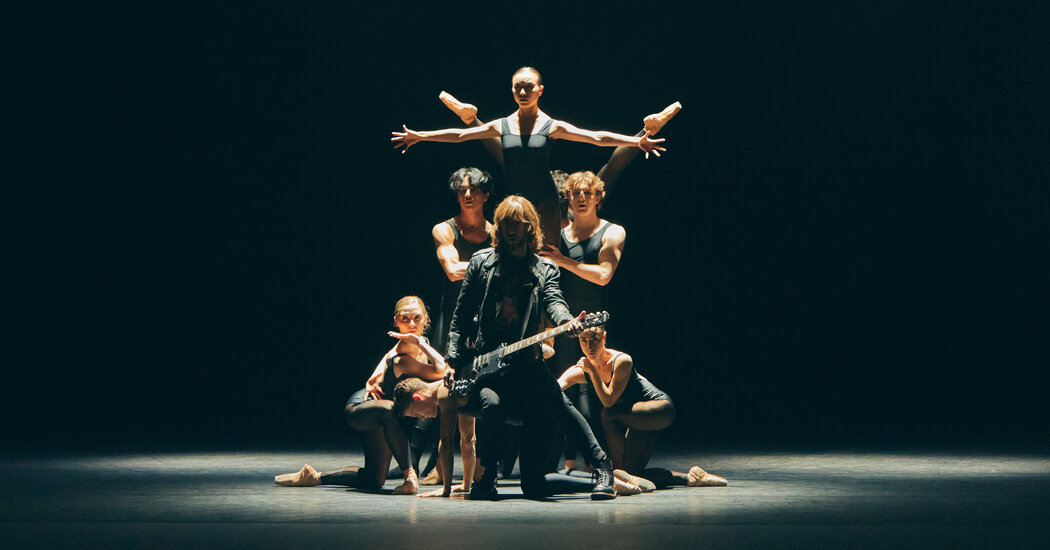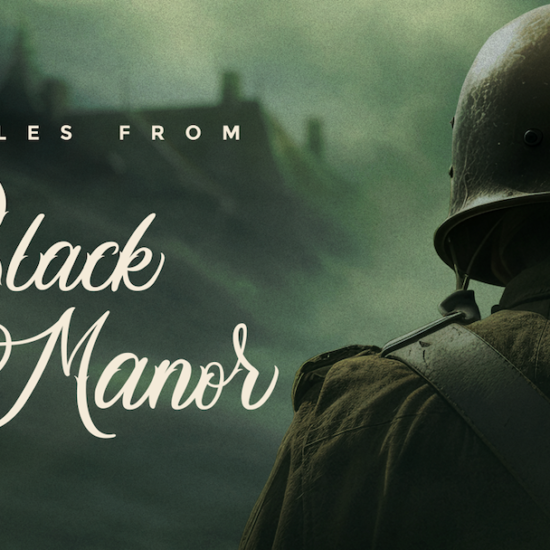
On a recent afternoon, 18 members of Birmingham Royal Ballet spun, pirouetted and leaped across a rehearsal room, with all the grace and skill associated with classical dance. Yet the music blaring out of the sound system wasn’t by Tchaikovsky or Ravel. It was by Black Sabbath.
When the dancers finished the sequence to the Ozzy Osbourne-fronted band’s pounding track “Iron Man,” Pontus Lidberg, the lead choreographer for the company’s new production, “Black Sabbath: The Ballet,” nodded approvingly. Then he decided he needed movement more suited to the aggressive music.
“Shall we try a stage dive?” he said.
In 2020, Birmingham Royal Ballet — based in England’s second most populous, but often overlooked, city — grabbed the British dance world’s attention when it appointed the Cuban ballet star Carlos Acosta as its artistic director. Now, Acosta said, he hoped that the Black Sabbath Ballet, which has its premiere Wednesday, would gain the company global attention, too, as well as help the company find a wider audience at home.
The second part appears to be working. An eight-show run at Birmingham’s vast Hippodrome theater is sold out, as are runs in London and Plymouth, England.
Acosta said he had chosen Black Sabbath for his first major commission at the company because the heavy metal band was one of “Birmingham’s jewels.” Before forming, the group’s four members worked in the city’s factories and abattoirs, but soon after they came together in 1968, they began mixing lyrics influenced by horror movies with hard rock, in a style that was eventually christened heavy metal. Over the following decades, most major metal bands, including Iron Maiden and Metallica, cited Black Sabbath as a key influence, and the band sold over 70 million albums.
Acosta noted that Birmingham has a canal bridge named for Black Sabbath, but otherwise, he said, the city hadn’t done enough to celebrate the brand or the genre it created.
The idea of melding heavy metal music and dancing on pointe was initially met with some confusion, Acosta said, including from Black Sabbath’s members. Tony Iommi, 75, the band’s guitarist, said that when he heard about the project, his first thought was: “Dancing to Sabbath! How’s that going to work?”
Still, Iommi agreed to meet Acosta and was won over by the dancer’s enthusiasm for the band and a shared background: Acosta came from a poor part of Havana, Iommi said, while Black Sabbath’s members hailed from rough districts of Birmingham, where street brawls were common and ballet lessons nonexistent.
“Carlos had such a belief in what he was doing,” Iommi said.
It took Acosta several years to work out how to stage a full-scale ballet to the band’s music. Ben Ratcliffe, writing in The New York Times in 1993, described the ideal Black Sabbath song as “slow and low, loud and long.” Lidberg, the ballet’s lead choreographer, said that the repetitive, angry riffs of the group’s most famous songs, like “War Pigs” and “Paranoid,” at first seemed more suited to contemporary dance.
It was only with a deep dive into the band’s catalog that the creative team realized there were other songs — including the psychedelic “Planet Caravan” — that had gentler moods. The final ballet will contain orchestral versions of eight Black Sabbath tracks, as well original music by a team of composers. A metal guitarist will play onstage, too.
Although the piece is no story ballet, it does feature scenes based on real events, including an industrial accident Iommi suffered in 1965 that was key to the development of Black Sabbath’s sound. The guitarist, then aged 17, was working a shift in a Birmingham sheet metal factory when he caught his right hand in a machine. It tore off the tips of two fingers, leaving bloody bones sticking out.
To continue playing, Iommi fashioned new finger tips out of dishwashing soap bottle caps, then slackened his guitar strings to ease the pressure as he pressed down on the fretboard. Those changes helped create Black Sabbath’s — and so metal’s — signature booming sound.
Five years later, when Black Sabbath released its self-titled debut album, critics hated it, but fans flocked to the band’s concerts. Black Sabbath made headlines throughout the ’70s for its drug-fuelled antics as much as for its music. (The sleeve notes for the band’s fourth album, recorded in Los Angeles in 1972, thanked the city’s drug dealers.) But even for Black Sabbath, Osbourne went too far, and in 1979, the band’s other members fired him. In the solo career that came after, Osbourne once bit the head off a live bat onstage.
Lidberg said that he had toyed with including many strange, real-life moments in the ballet, including the bat biting, but, ultimately, the show would be thematic, rather than specific. The first act centers on how Birmingham’s clattering factories influenced heavy metal’s sound, he explained, and the third act is about the band’s fans.
Lisa Meyer, a Birmingham music promoter, is credited as the ballet’s “metal curator,” tasked with ensuring authenticity — but it remains to be seen what metal fans will make of it.
Barney Greenway, the Birmingham-born lead singer of Napalm Death, a band that pioneered the metal subgenre of grindcore, said he hoped the dancers didn’t rely on “metal stereotypes, like throwing the ‘devil horns,’” a hand gesture often seen at rock concerts. Nonetheless, he said, his interest was piqued.
Iommi predicted one subset of fans that would likely appreciate the ballet: Black Sabbath’s original followers from the 1970s. “They wouldn’t want to go to a rock concert anymore,” he said. “Some are in their 80s!” This show would be perfect for them, Iommi added: They can watch it sitting down.













